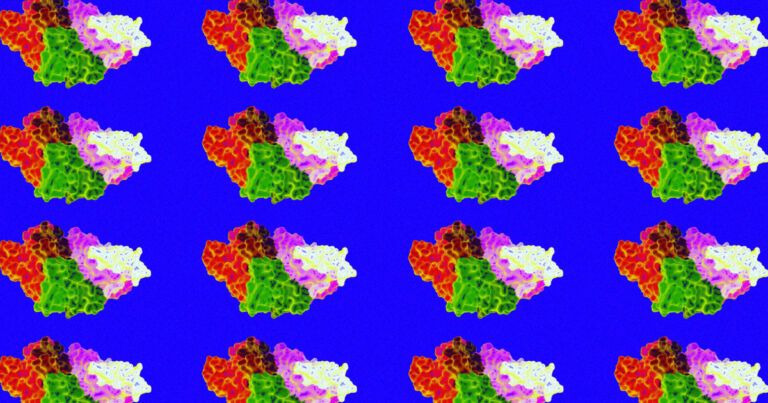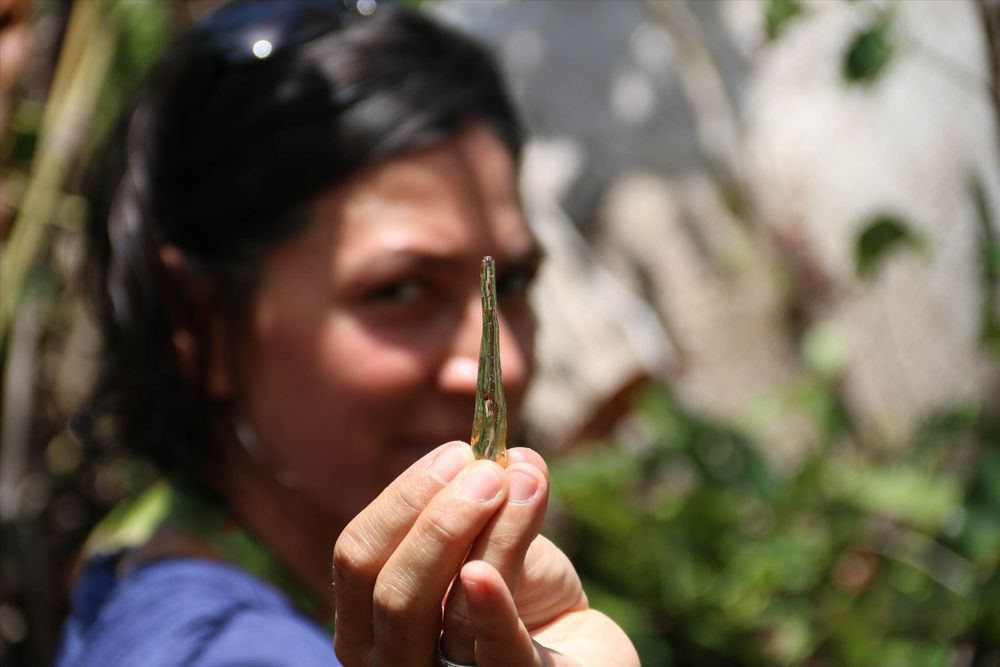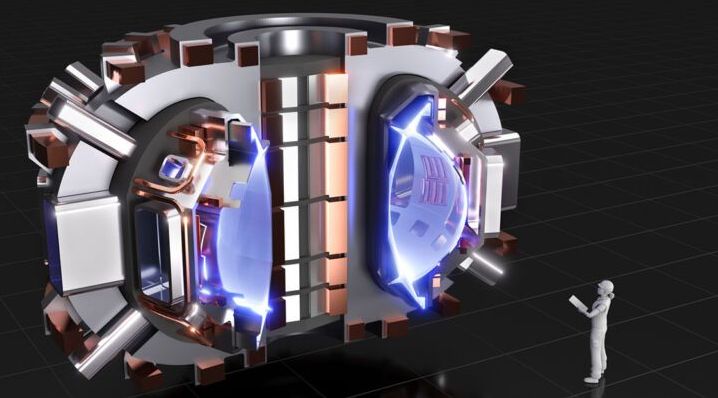O,.o.
Dozens of malicious apps, some available in Play, found in the past couple months.


All Hands
The new enzyme can make its way through plastic six times faster than the previous plastic-devouring enzyme developed by members of the same team, according to research published Monday in the journal PNAS.
“We were actually quite surprised it worked so well,” McGeehan told CNN, though he added that the enzyme is “still way too slow” to be helpful at any meaningful scale.

For the first time, Senckenberg scientist Mónica Solórzano-Kraemer, together with lead authors David Peris and Kathrin Janssen of the University of Bonn and additional colleagues from Spain and Norway, successfully extracted genetic material from insects that were embedded in six- and two-year-old resin samples. DNA—in particular, DNA from extinct animals—is an important tool in the identification of species. In the future, the researchers plan to use their new methods on older resin inclusions, as well. The study was published today in the scientific journal PLOS ONE.
The idea of extracting DNA from resin-embedded organisms inevitably invokes memories of the blockbuster “Jurassic Park.”
“However, we have no intention of raising dinosaurs,” says Dr. Mónica Solórzano-Kraemer of the Senckenberg Research Institute and Natural History Museum. “Rather, our current study is a structured attempt to determine how long the DNA of insects enclosed in resinous materials can be preserved.”

Quantum computers, which harness the strange probabilities of quantum mechanics, may prove revolutionary. They have the potential to achieve an exponential speedup over their classical counterparts, at least when it comes to solving some problems. But for now, these computers are still in their infancy, useful for only a few applications, just as the first digital computers were in the 1940s. So isn’t a book about the communications network that will link quantum computers — the quantum internet — more than a little ahead of itself?
Surprisingly, no. As theoretical physicist Jonathan Dowling makes clear in Schrödinger’s Web, early versions of the quantum internet are here already — for example, quantum communication has been taking place between Beijing and Shanghai via fiber-optic cables since 2016 — and more are coming fast. So now is the perfect time to read up.
Dowling, who helped found the U.S. government’s quantum computing program in the 1990s, is the perfect guide. Armed with a seemingly endless supply of outrageous anecdotes, memorable analogies, puns and quips, he makes the thorny theoretical details of the quantum internet both entertaining and accessible.
Readers wanting to dive right in to details of the quantum internet will have to be patient. “Photons are the particles that will power the quantum internet, so we had better be sure we know what the heck they are,” Dowling writes. Accordingly, the first third of the book is a historical overview of light, from Newton’s 17th century idea of light as “corpuscles” to experiments probing the quantum reality of photons, or particles of light, in the late 20th century. There are some small historical inaccuracies — the section on the Danish physicist Hans Christian Ørsted repeats an apocryphal tale about his “serendipitous” discovery of the link between electricity and magnetism — and the footnotes rely too much on Wikipedia. But Dowling accomplishes what he sets out to do: Help readers develop an understanding of the quantum nature of light.
For an entertaining overview of the physics and technological advances paving the way for the quantum internet, read ‘Schrödinger’s Web.’

A candid photograph posted on Chinese social media sheds light on a Chinese project to develop a drone-ship similar to the U.S. Navy’s Sea Hunter. The trimaran is remarkably similar to the Sea Hunter in almost every respect.
Although the designation of the project is unknown, based on imagery analysis the builder and and dimensions have been established.

MOSCOW (Reuters) — The International Space Station is leaking air in above-normal volumes, but the leak presents no danger to the Russian-American crew, the Russian space agency Roscosmos said on Tuesday.
The leak has been localised to one section of a service module and the crew, made up of U.S. astronaut Chris Cassidy and Russian cosmonauts Anatoly Ivanishin and Ivan Vagner, plan to eliminate it in the coming days, Russia’s RIA news agency quoted Roscosmos executive director Sergei Krikalev as saying.
Roscosmos said additional air may be delivered to the station.

A team of researchers at MIT and other institutions say their “SPARC” compact fusion reactor should actually work — at least in theory, as they argue in a series of recently released research papers.
In a total of seven papers penned by 47 researchers from 12 institutions, the team argues that no unexpected impediments or surprises have shown up during the planning stages.
In other words, the research “confirms that the design we’re working on is very likely to work,” Martin Greenwald, deputy director of MIT’s Plasma Science and Fusion Center and project lead, told The New York Times.
D-Wave today launched its next-generation quantum computing platform available via its Leap quantum cloud service. The company calls Advantage “the first quantum computer built for business.” In that vein, D-Wave today also debuted Launch, a jump-start program for businesses that want to begin building hybrid quantum applications.
“The Advantage quantum computer is the first quantum computer designed and developed from the ground up to support business applications,” D-Wave CEO Alan Baratz told VentureBeat. “We engineered it to be able to deal with large, complex commercial applications and to be able to support the running of those applications in production environments. There is no other quantum computer anywhere in the world that can solve problems at the scale and complexity that this quantum computer can solve problems. It really is the only one that you can run real business applications on. The other quantum computers are primarily prototypes. You can do experimentation, run small proofs of concept, but none of them can support applications at the scale that we can.”
D-Wave Systems’ Leap 2 is a quantum cloud service to help businesses and developers build and deploy quantum computing applications.

Not too much here, but longevity research fans might like.
Time may be our worst enemy, and aging its most powerful weapon. Our hair turns gray, our strength wanes, and a slew of age-related diseases represent what is happening at the cellular and molecular levels. Aging affects all the cells in our body’s different tissues, and understanding its impact would be of great value in fighting this eternal enemy of all ephemeral life forms.
The key is to first observe and measure. In a paper published in Cell Reports, scientists led by Johan Auwerx at EPFL started by asking a simple question: how do the tissues of aging mice differ from those of mice that are mere adults?
To answer the question, the researchers used the multiple techniques to measure the expression of everyone one of the thousands of mouse’s genes, and to identify any underlying epigenetic differences. The researchers not only measured different layers of information, but they did it across three different tissues: liver, heart, and muscle.
